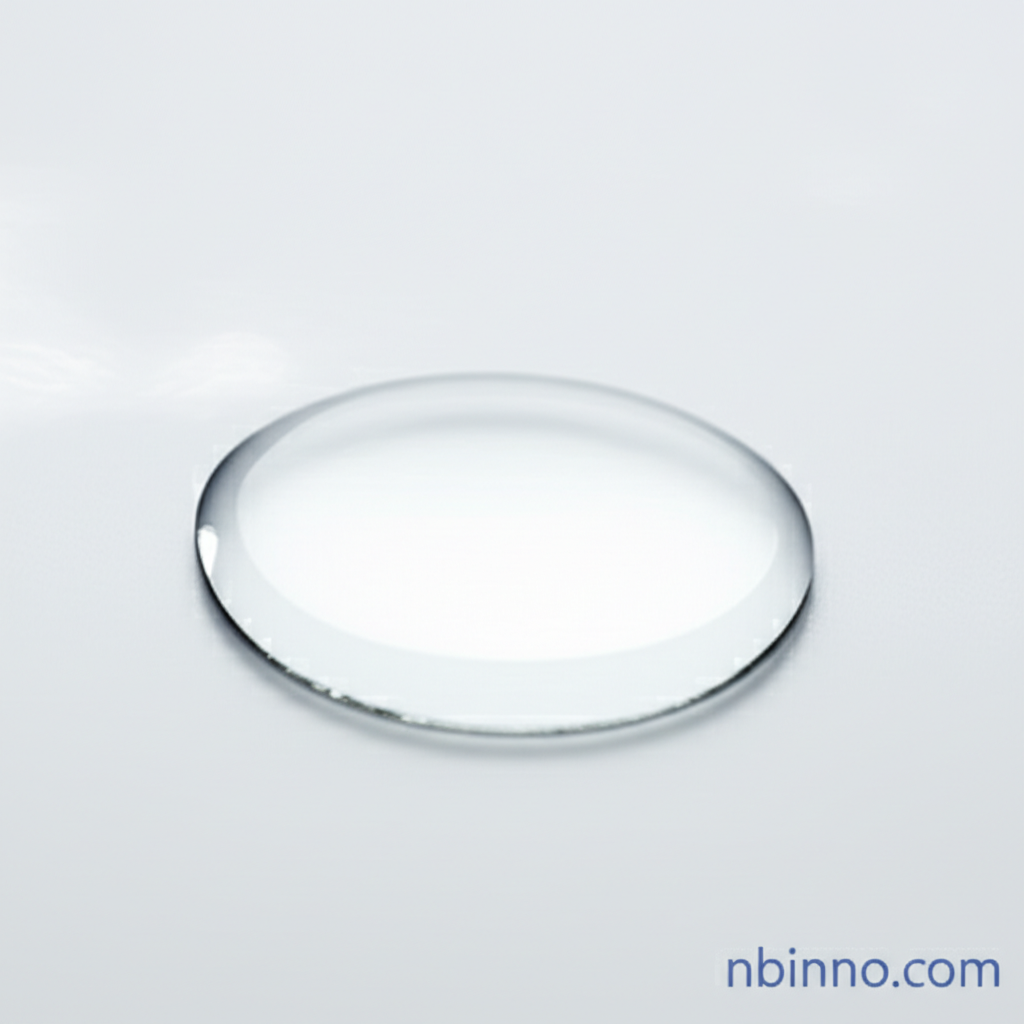Propylene Oxide CAS 75-56-9: A Versatile Epoxide for Industrial Applications
Discover the extensive applications and essential properties of Propylene Oxide, a critical chemical intermediate with widespread use in various industries. Learn why it's a cornerstone for modern material science and manufacturing.
Get a Quote & SampleProduct Core Value

Propylene Oxide
Propylene Oxide (CAS 75-56-9) is a highly reactive and versatile epoxide, serving as a crucial building block in the chemical industry. As a leading supplier in China, we provide high-quality Propylene Oxide essential for numerous manufacturing processes. Its primary use is in the production of polyether polyols, which are fundamental components in the creation of polyurethane foams and elastomers. The chemical industry relies on consistent access to this vital intermediate for its diverse applications, from advanced materials to everyday products. We are a trusted manufacturer in China, committed to delivering exceptional chemical solutions.
- Explore the extensive applications of Propylene Oxide for chemical intermediate needs. We offer high-quality Propylene Oxide for various industrial processes.
- Understand the critical role of Propylene Oxide in polyurethane production. As a key precursor, it enables the creation of versatile foam materials.
- Learn about Propylene Oxide's production methods and chemical properties. This information is vital for optimizing its use in your manufacturing.
- Ensure safe handling with detailed Propylene Oxide safety data. Our commitment extends to providing comprehensive safety guidelines for this important chemical.
Advantages Offered
Versatile Reactivity
Propylene oxide's epoxide ring makes it highly reactive, enabling a broad spectrum of chemical transformations crucial for creating complex molecules and polymers. This reactivity is key to its role as a fundamental chemical intermediate.
Key Polyurethane Precursor
A significant portion of Propylene Oxide production is dedicated to manufacturing polyether polyols, the essential backbone for polyurethane products, ranging from flexible foams to rigid insulation. This positions it as a vital component in the materials science sector.
Wide Range of Applications
Beyond polyurethanes, Propylene Oxide is used to produce propylene glycol, used in antifreeze and food flavorings, and finds niche applications in microscopy and fumigation, showcasing its broad industrial utility and importance as a chemical intermediate.
Key Applications
Polyurethane Manufacturing
As a primary precursor to polyether polyols, Propylene Oxide is indispensable for the production of polyurethane materials used in furniture, automotive parts, and insulation, making it a cornerstone for widespread industrial use.
Propylene Glycol Synthesis
Hydrolysis of Propylene Oxide yields propylene glycol, a compound with diverse applications including use as a solvent, humectant, and component in antifreeze formulations, highlighting its utility beyond polymer production.
Chemical Intermediate
Its reactive epoxide structure makes Propylene Oxide a valuable intermediate for synthesizing a variety of organic compounds, including surfactants, pharmaceuticals, and other specialty chemicals, underscoring its importance in chemical synthesis.
Niche Industrial Uses
Propylene oxide serves specific roles in areas like microscopy sample preparation for electron microscopy and as a fumigant for certain food products, demonstrating its specialized utility and value in precise scientific and agricultural applications.
